5 freezer cleaning mistakes you must avoid – or risk compromising your food quality and shortening the lifespan of your appliance
Avoid these blunders for a safer kitchen


A well-maintained freezer is essential for preserving the quality of our food and ensuring the unit runs efficiently. However, they can be quite difficult to clean effectively.
Freezers are often overlooked in routine cleaning schedules, left to accumulate frost, spills, and forgotten leftovers. Without regular maintenance, your freezer can become less efficient, driving up energy bills and shortening the appliance's lifespan. Worse still, neglected freezers can harbor bacteria, affecting the freshness of stored food.
Whether you’re learning the process of how to clean a freezer, or simply trying to maintain it, understanding common mistakes can save you time and frustration.
Freezer cleaning mistakes
1. Not completely emptying the freezer
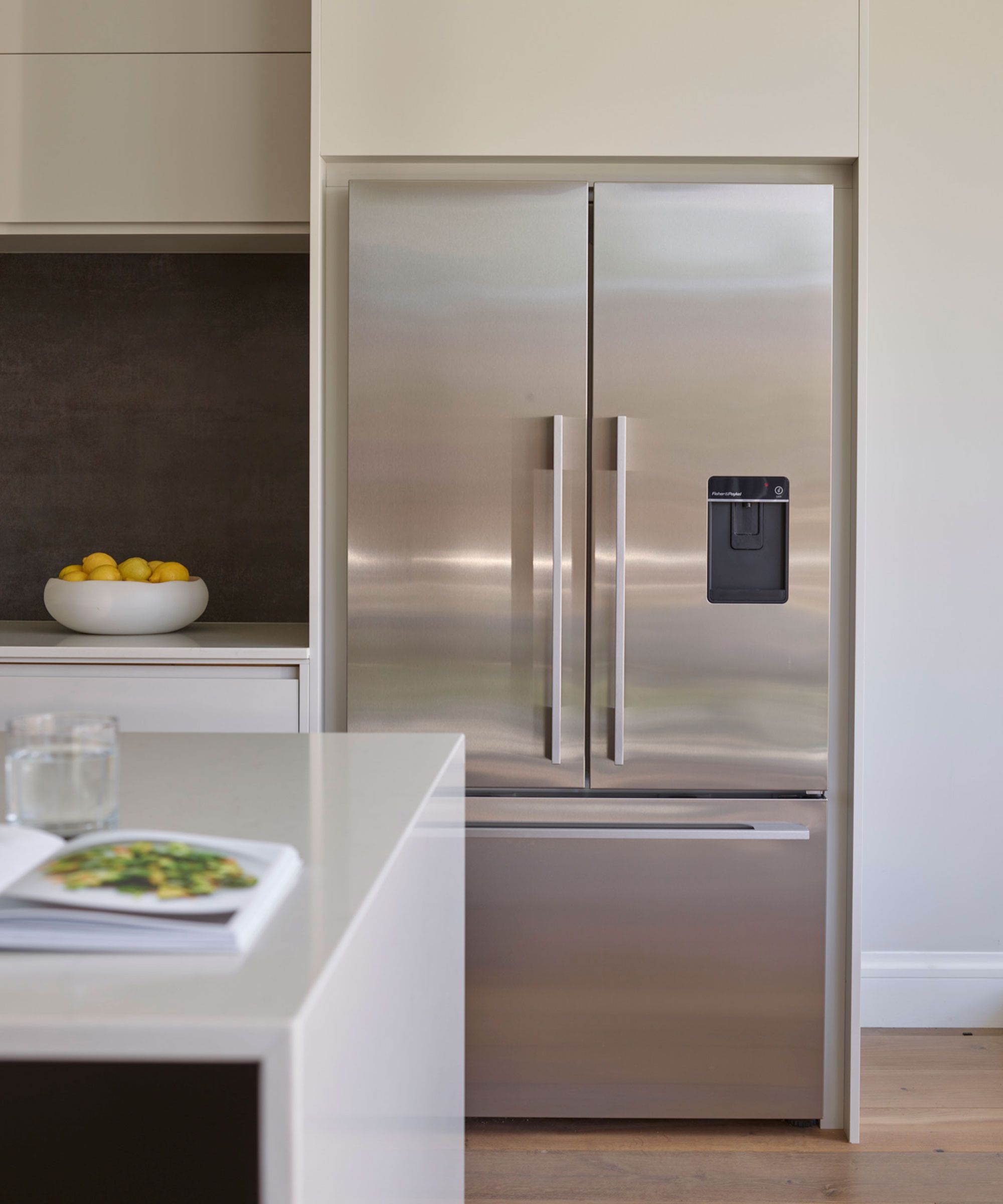
Cleaning your freezer regularly prevents food being forgotten.
Ian Palmer-Smith, appliance repair expert at Domestic & General begins, 'A frequent mistake when cleaning a freezer is not removing all the contents. Some people try to clean around frozen items, but this approach prevents thorough cleaning and may leave hidden spills or debris.
Additionally, leaving items inside while cleaning can lead to temperature fluctuations that may affect food quality. This can cause ice crystals to form on exposed food, which may degrade texture and taste over time.'
Always start by emptying the appliance entirely, getting rid of the items to not store in the freezer, and using a cooler or insulated bag, available at Walmart, to temporarily store your frozen goods while you clean. This will allow you to access every corner of the freezer.
It also provides an opportunity to discard expired or freezer-burned items. Taking the time to sort and organize a freezer can also help reduce food waste and ensure that you use older items before newer ones.
Design expertise in your inbox – from inspiring decorating ideas and beautiful celebrity homes to practical gardening advice and shopping round-ups.
2. Using harsh or toxic cleaning products

Using non-toxic cleaners prevents food contamination.
Many people mistakenly use harsh or abrasive cleaners that can damage the freezer’s surfaces. Chemical-laden products may leave harmful residues, which can affect the safety of your stored food. Strong chemicals can also cause discoloration or cracks in the interior, making the freezer harder to keep clean over time.
Luckily, you do not need harsh chemicals to clean well. Instead, opt for gentle, non-toxic cleaners such as cleaning with baking soda mixed with warm water. This solution effectively removes grime without causing damage.
Alternatively, cleaning with vinegar diluted with water is another safe and effective option to cut through tough stains and odors. Ian says, ‘Avoid using bleach or ammonia-based products, as they can corrode the interior and create hazardous fumes. Additionally, you should avoid using abrasive scrubbing, as they can scratch the delicate surfaces in your freezer.’ Microfiber cloths, available in packs of six at Target, are more than enough.
Always rinse thoroughly with clean water to remove any lingering residue. For stubborn spots, let the baking soda solution sit for a few minutes before wiping it away. Regular use of mild, safe cleaning solutions such as Method All-Purpose Cleaner from Target will protect the appliance and its contents.
3. Failing to defrost properly

You shouldn't need to defrost regularly, but it can be helpful on occasion to prevent your freezer over working.
Diana Ciechorska, general manager at Park Slope Cleaning warns, 'Improper defrosting is another common error. Some people attempt to speed up the process using sharp objects to chip away at the ice, which can puncture the freezer’s interior and damage cooling lines. Others ignore defrosting altogether, allowing frost buildup to restrict airflow and reduce efficiency.'
To defrost a freezer safely, unplug it and remove all contents. Place towels around the base to catch melting ice and prevent water damage to surrounding surfaces.
Allow the ice to melt naturally, which can take several hours, depending on the amount of frost. Diana adds, 'To expedite the process, you can place a bowl of warm water inside the freezer and close the door, allowing the steam to soften the frost. Never use sharp objects; instead, gently loosen the frost with a plastic spatula, from Walmart, if needed. You can also use a hairdryer on a low heat setting to speed up melting, but be cautious to avoid exposing electrical components to moisture.'
Regular defrosting prevents excessive ice buildup and keeps your freezer running efficiently. For manual-defrost freezers, aim to defrost every three to six months. Keeping the door closed as much as possible during regular use helps minimize frost and reduces the need for frequent defrosting.
4. Ignoring seals and gaskets
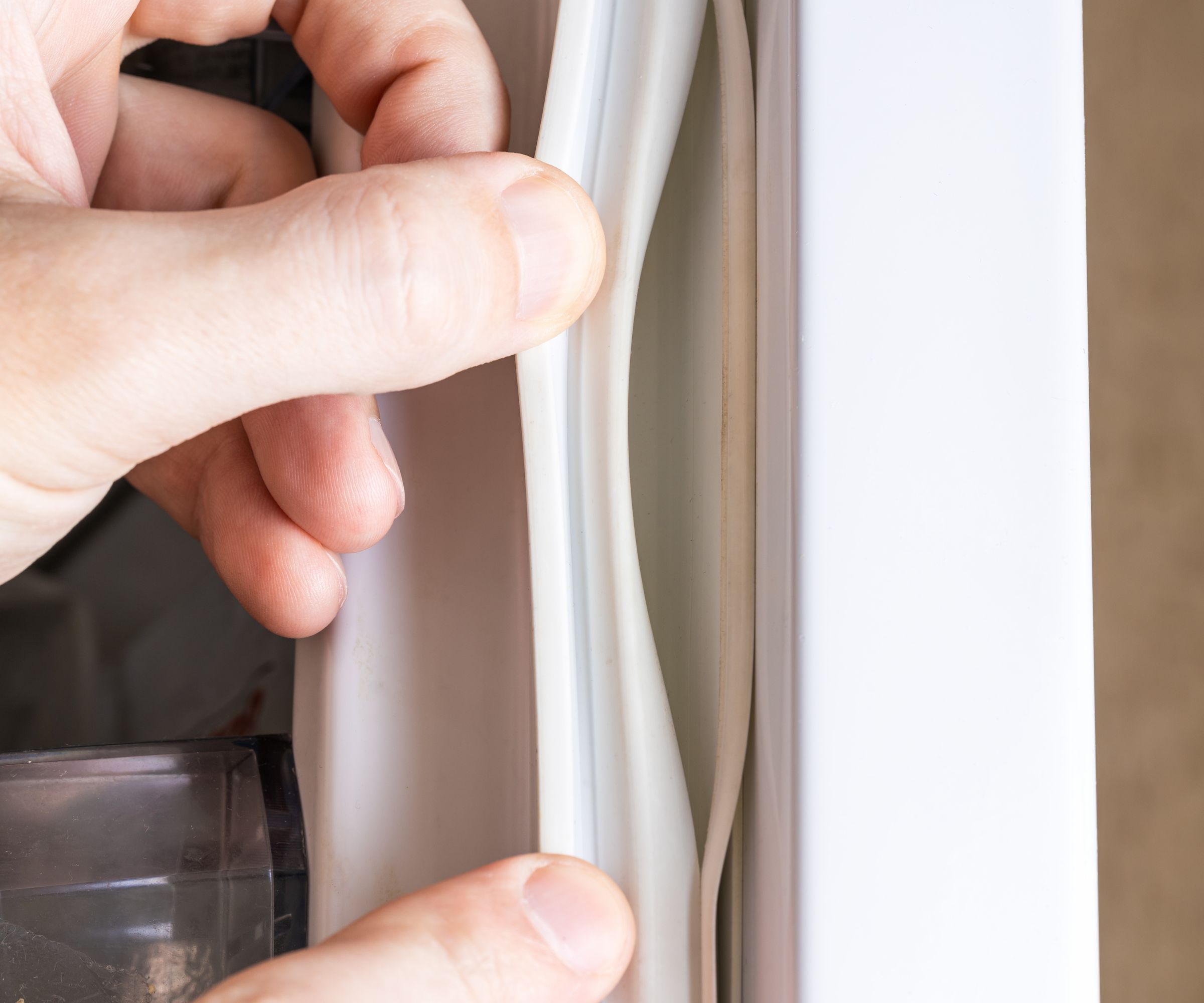
Also a common fridge cleaning mistake, neglecting the seals shortens your appliance's lifespan.
According to Diana, a commonly overlooked area during freezer cleaning is the door seals, also known as gaskets. These flexible rubber strips play a vital role in maintaining a consistent internal temperature by preventing warm air from entering the freezer. Over time, dirt, crumbs, and food particles can accumulate in the seals, compromising their ability to form a tight closure. When the seal is not airtight, it allows warm air to seep in, leading to frost accumulation, higher energy consumption, and potential food spoilage.
Clean the seals regularly using a damp cloth and mild soap. For deeper cleaning, use a soft-bristled toothbrush from Walmart to remove grime from hard-to-reach crevices. Inspect the gaskets for cracks, tears, or signs of wear, as damaged seals should be replaced. One way to test the seal is with the "dollar bill” test. After setting your freezer to the right temperature, close the freezer door on a dollar bill and attempt to pull it out. If it slides out easily, the seal may need cleaning or replacement.
5. Neglecting the freezer drain
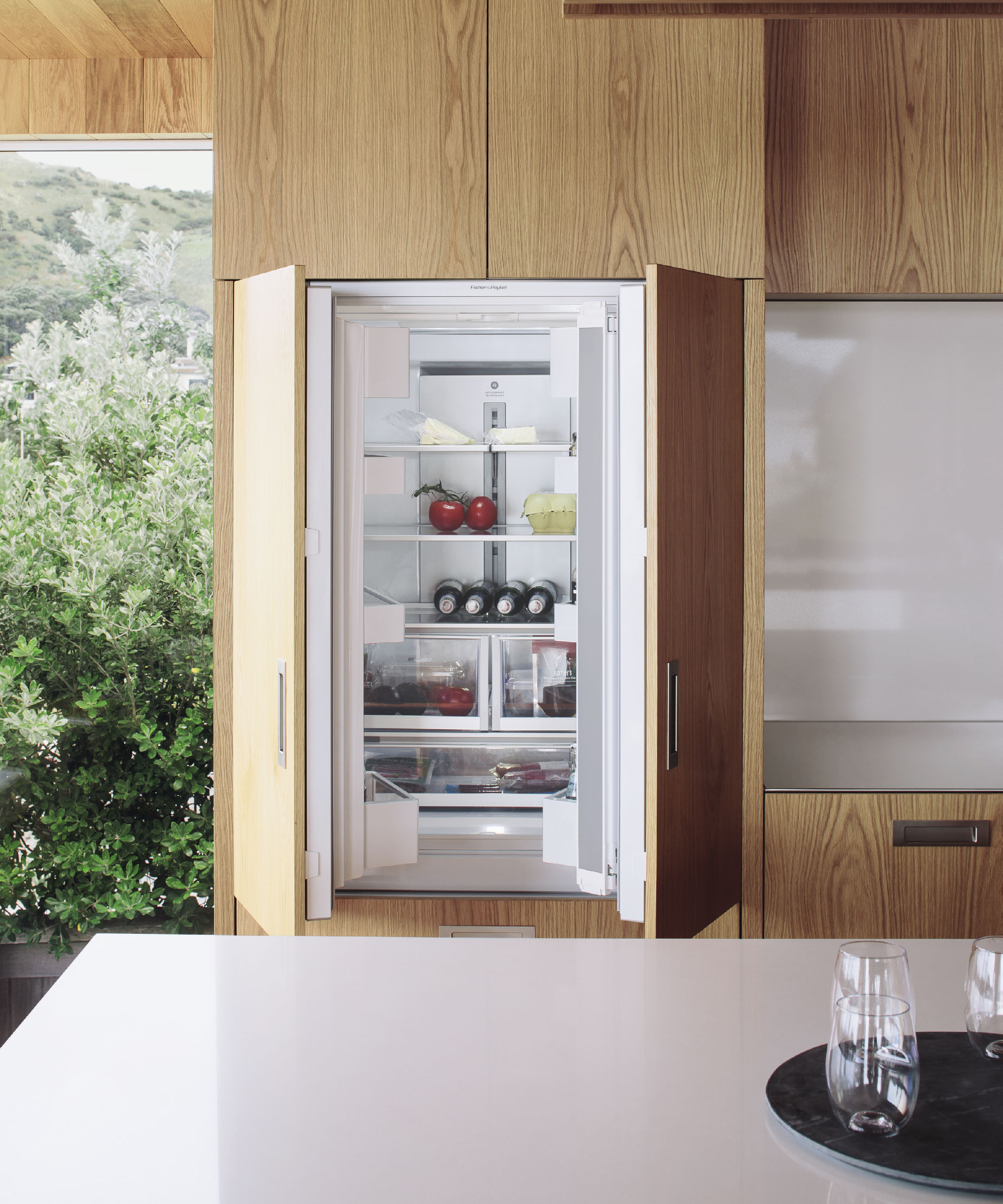
Cleaning the drains in your freezer can prevent leaks and water damage.
One often overlooked but critical part of freezer maintenance is cleaning the freezer drain. The drain allows water from defrosting to exit the freezer, but it can become clogged with food particles, ice, or debris. A blocked drain can lead to water pooling at the bottom of the freezer, causing leaks, unpleasant odors, and could be a reason why the freezer is frosting up.
To prevent these issues, inspect the drain regularly for blockages. If you notice standing water or slow drainage, clear the drain using a soft pipe cleaner from Amazon or a syringe filled with warm water and mild soap. For stubborn clogs, a solution of warm water and vinegar can help dissolve any residue. Always unplug the freezer before performing maintenance on the drain to ensure safety.
What to shop
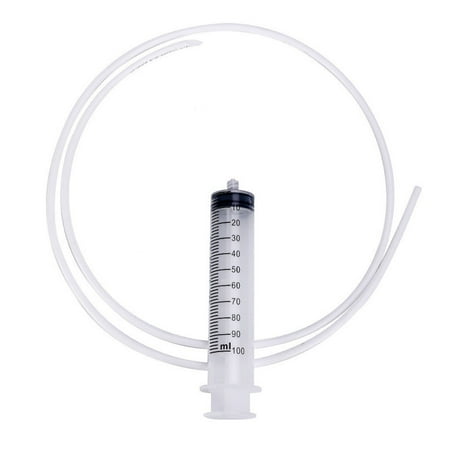
Applicable to most freezer brands, the excavator tool helps to unblock the drain hole of the freezer to remove any sitting water or smells caused by the blockage. Easy to use with no need to turn off the freezer whilst using the tool.
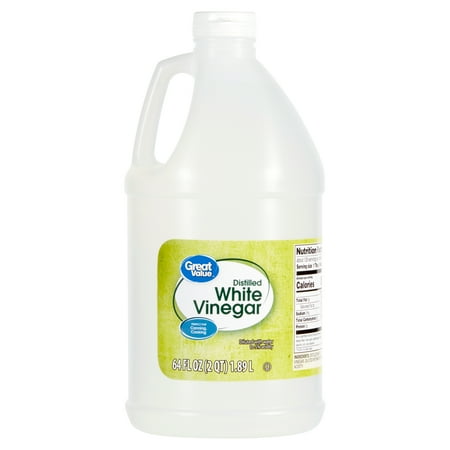
White vinegar can kill pathogens such as E.coli and common bacteria, making it a great natural disinfectant for your freezer.

Microfiber cloths can help soak up excess water from melting ice and gently clean the inside of your freezer and the drawers without scratching the protective coating.
Meet the experts

Ian is an expert in dishwasher maintenance and repairs, with 39 years working at Domestic & General. The company repairs a whopping 2.2 million products a year, working with brands like Bosch, Samsung, Whirlpool and Zanussi to ensure appliance longevity.
Regular cleaning, using the right products, proper defrosting, and maintaining seals, are all things that people with organized freezers always do. A little effort goes a long way in preserving both your appliance and your food supply.

Seraphina is a contributing editor at Homes & Gardens, writing Solved features on organizing and storage. She loves to decorate and also grow her own produce from her home in London. Her previous experience includes working at Women's Health and Fabulous Magazine.